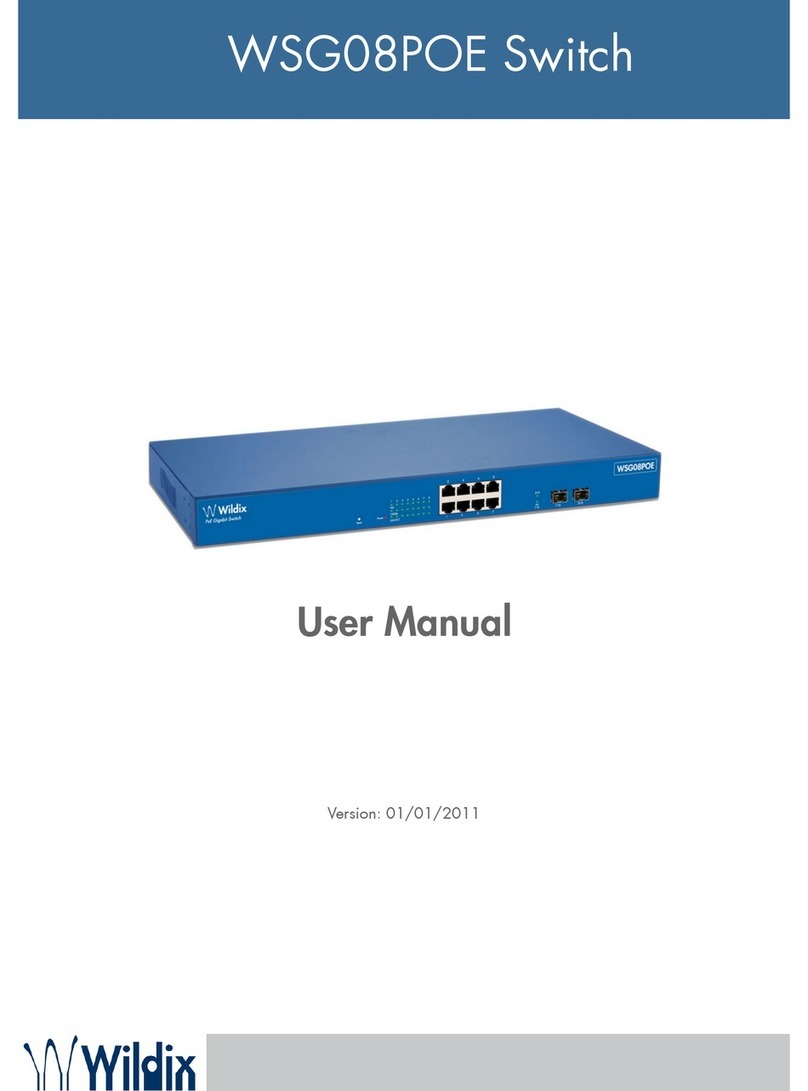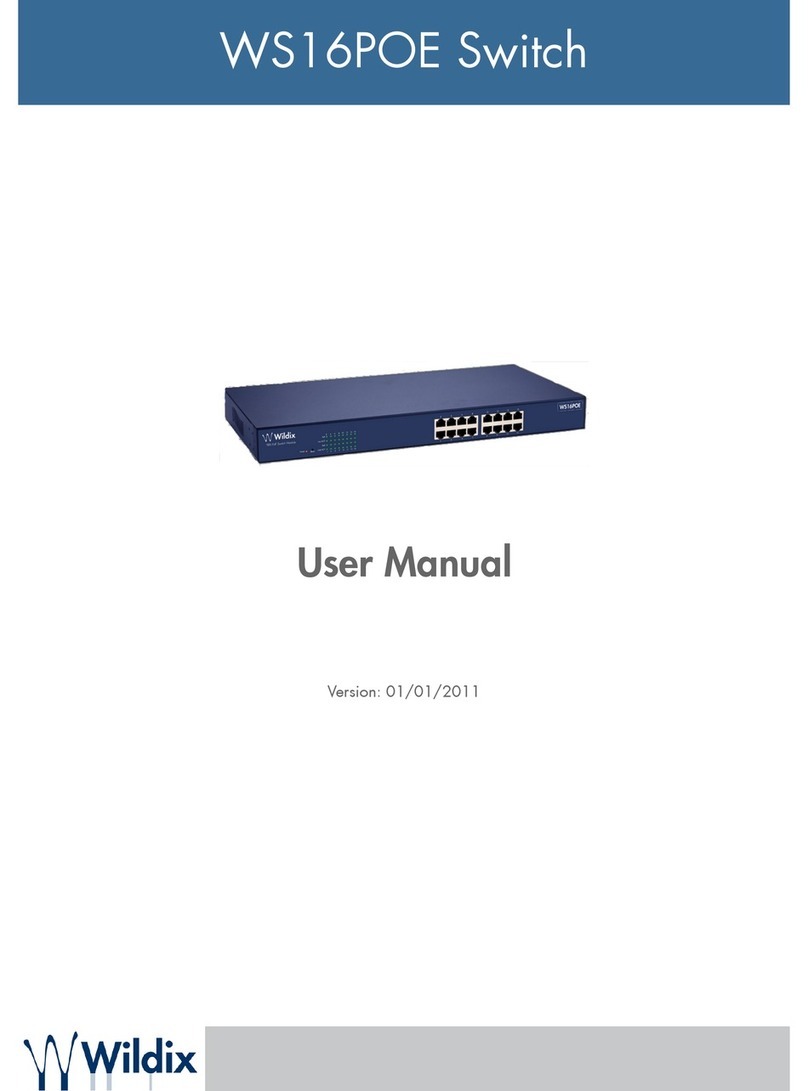Port configuration ensures access to a switch port based on MAC address, limits the total number of devices
using a switch port and protects against MAC flooding attacks.
Port Configuration
In Port Configuration, you can set and view the operation mode for each port.
Enable Jumbo Frames: This switch provides more efficient throughput for large sequential data transfers
by supporting jumbo frames on Gigabit Ethernet ports up to 9216 bytes. Compared to standard Ethernet
frames that run only up to 1.5 KB, using jumbo frames significantly reduces the per-packet overhead
required to process protocol encapsulation fields.
Power Saving Mode: Adjusts the power provided to ports based on the length of the cable used to connect
to other devices. Only sufficient power is used to maintain connection requirements.
Mode: allow user to manually set the port speed as Auto, 10 half, 10 Full, 100 Half, 100 Full, 1000 Full or
Disabled. Press button to complete the configuration procedure.Apply
VLAN Setting
A Virtual LAN (VLAN) is a logical network grouping that limits the broadcast domain, which allows you to isolate
network traffic, so that only the members of the same VLAN receive traffic from each other. Basically, creating a
VLAN is logically equivalent to connecting a group of network devices to another Layer 2 switch. However, all the
network devices are still plugged into the same switch physically.
Port Segmentation (VLAN) Configuration
VLAN ID: ID of configured VLAN (1-4094, no leading zeroes).
VLAN Configuration List: Lists all the current VLAN groups created for this system. Up to 16 VLAN groups
can be defined. VLAN 1 is the default untagged VLAN.






























